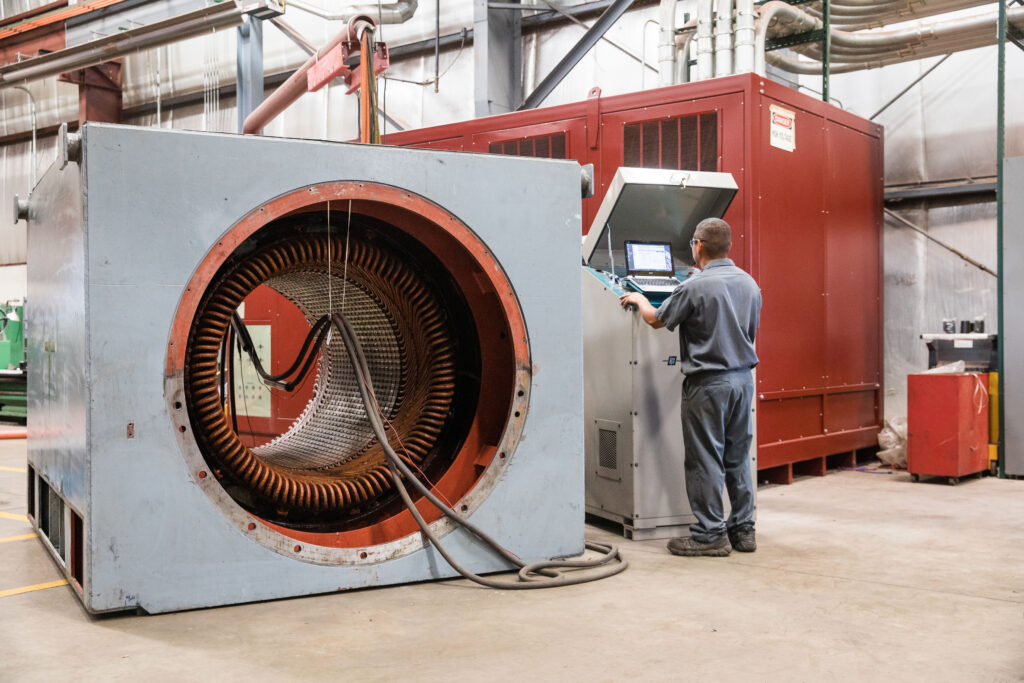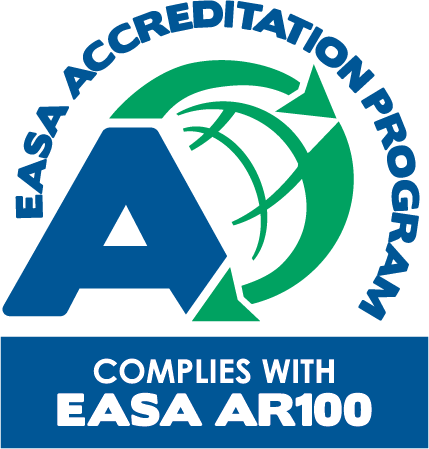Core Loss Testing

Inman Electric Motors tests every electric motor we repair for core loss. Inman uses computerized Lexseco Models 2125 and 3000 core testers to determine core losses found in stators, rotors, and armatures. The Model 2125 provides 125 KVA of power while the Model 3000 provides 300 KVA of power with a capacity of 2,000 amps. Motors through 10,000 horsepower are tested and a printout of results is provided to the customer.
Core loss is the major cause of wasted electrical energy which can result from overheating during operation, motor burnout, and physical damage such as rotor drag. Without core loss testing, it is impossible to determine that a motor is capable of operating at rated efficiency. The tester indicates the condition of core steel by measuring the watts of energy lost per pound when the core is excited to operating conditions. Also, the microprocessor works in conjunction with infrared heat scans to record “hot spot” conditions in the stator. These often occur where there has been physical contact between rotating parts and the core as well as “grounds” where the windings have arced and blown holes in the core. The computer indicates a maximum and minimum value in terms of flux, watts, and amps. If the core does not meet a minimum value, the steel laminations making up the core must be repaired, restacked, or replaced.
Motors that have failed and are not core tested often experience repeat failures. Defective bearings, the most common cause of electric motor failure, often results in core damage. A damaged or inefficient core will lead to a winding failure in a stator, wound rotor, or armature. For a complete report on the condition of your electric motor and documented core loss test results, send your motors to Inman Electric Motors.

